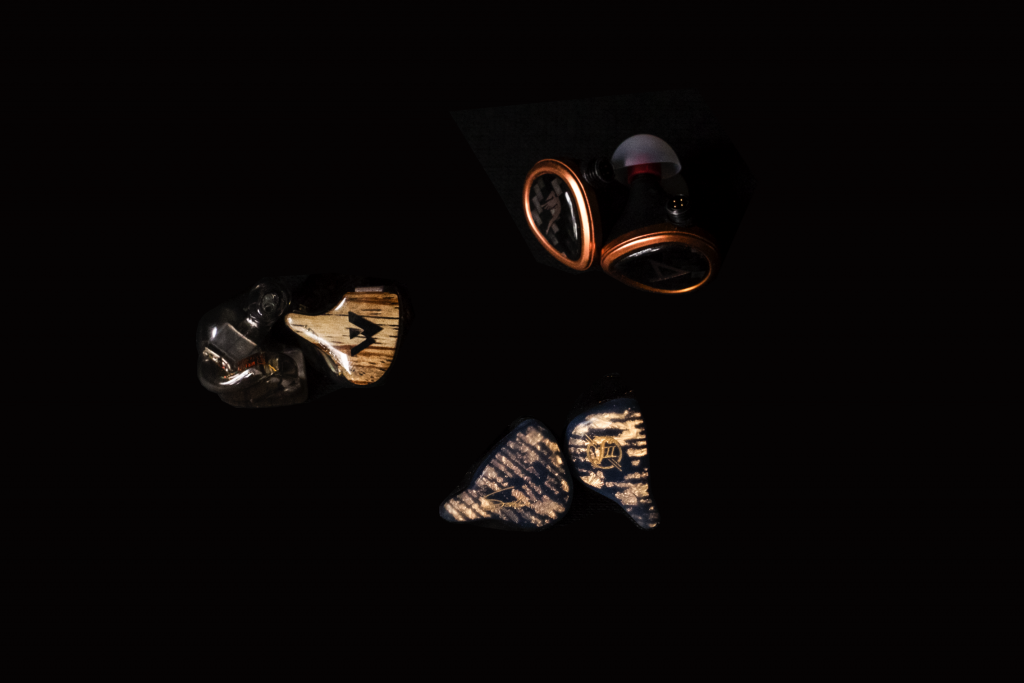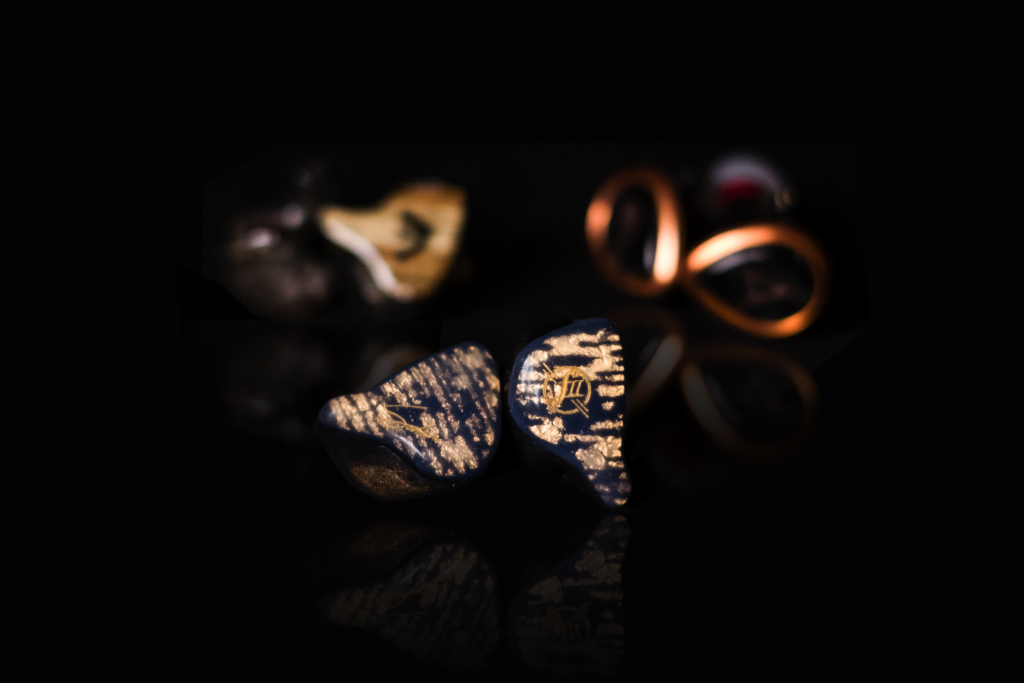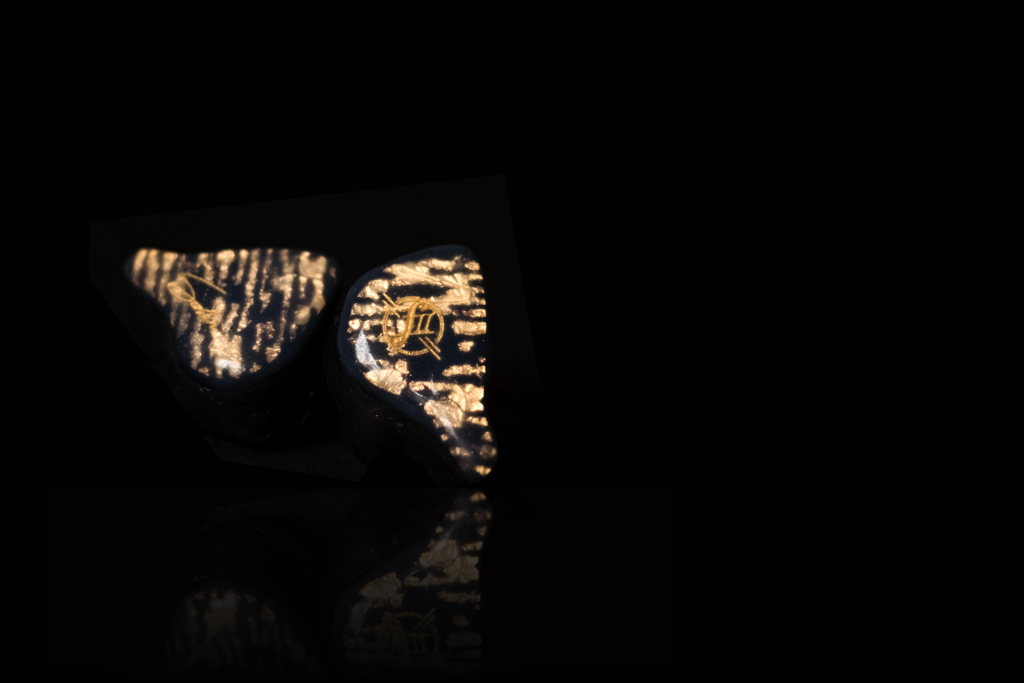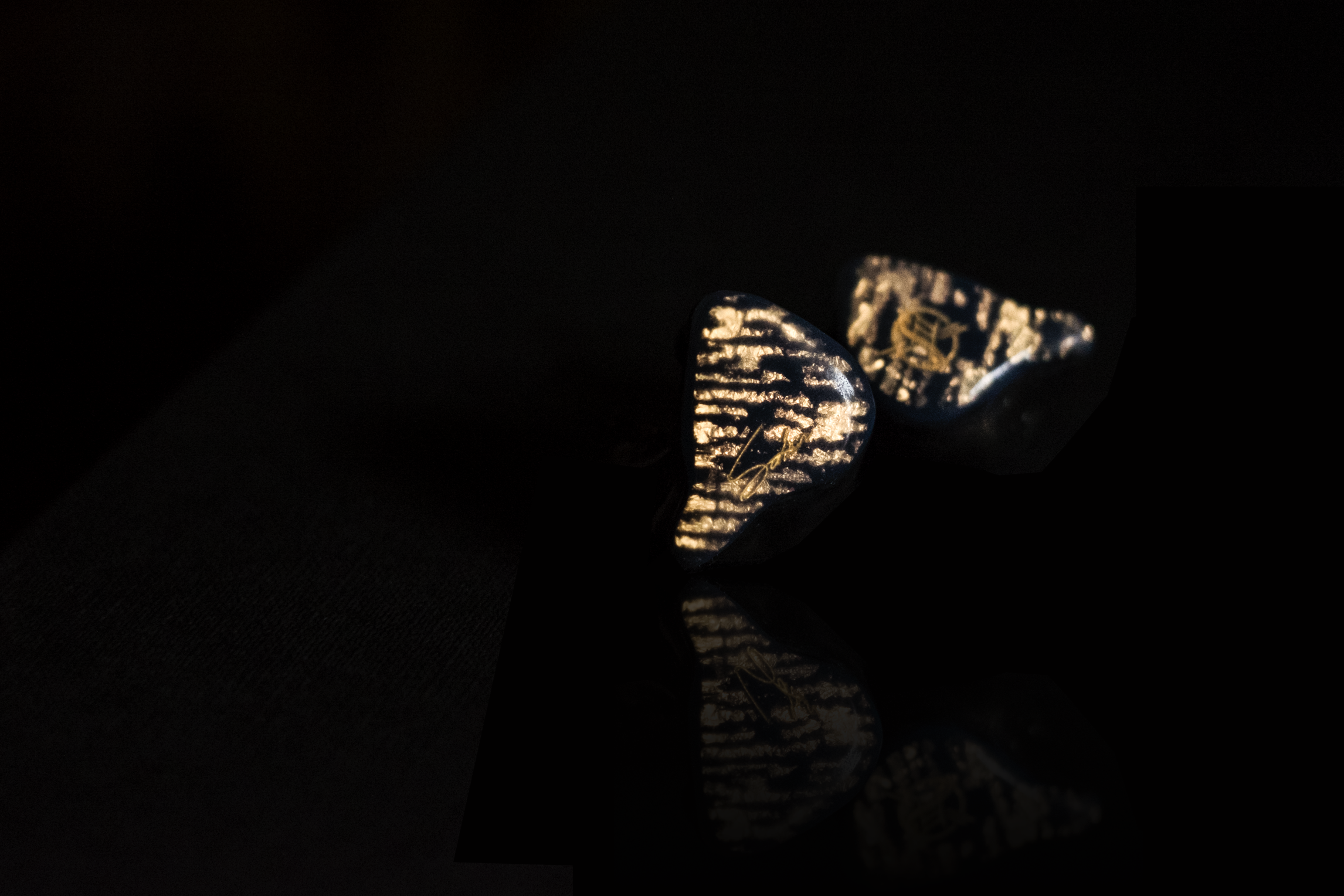Select Comparisons

Unique Melody Miracle v1 (now discontinued; the v2 retails at $1049)
The Unique Melody Miracle proves an interesting foil to the FIBAE 2. It has thrice the drivers, twice the price, and it was once the reigning champ of the bang-for-the-buck TOTL market. Comparing the two – more than anything – was a test to see just how far we’ve come when it comes to driver efficiency, tuning sophistication and value-for-money. Can 2017’s David truly slay 2014’s Goliath? As we always do, let’s start from the bottom.
In terms of bass quality and quantity, the Miracle can’t hold a candle against the FIBAE 2’s visceral low-end. The Miracle has a lean, gentle and feather-like bass that lacks any real texture or weight. The FIBAE 2, by contrast, has a superior sense of tangibility, physicality and power. Despite the Miracle’s cleanliness and finesse, the FIBAE 2 answers back with greater authority, restraint and extension. With impact, resolution, and tonal balance all comfortably in its back pocket, modern technology has obviously propelled the FIBAE 2 forward, where the Miracle unfortunately falls behind.
The Miracle poses a better contest in the midrange. Due to its more neutral tone, the Miracle is equipped with greater clarity and sophistication. Although the FIBAE 2 performs better technically – with superior resolution, layering and separation – it has a distinct richness that it can’t shake off because of how it presents harmonics and decay. The Miracle also presents vocals more linearly. Because it has a leaner lower midrange and the more traditional upper-mid peak, it reproduces instruments with superior transparency, but without much power either. Despite a similar lack in forwardness, the FIBAE 2 betters it here through stronger dynamics and a more engaging presence.
Both IEMs have attenuated top-ends, but where they differ is in tone and dynamics. The Miracle has a softer, warmer and more forgiving treble; it relies instead on its upper-mids for clarity, The FIBAE 2 commits to the opposite, where it uses its brighter, zingy-er treble to induce excitement into the overall experience. The FIBAE 2 also presents higher notes with a more palpable sense of energy, and a greater emphasis towards imaging accuracy and stereo separation. The Miracle chooses not to bother, allowing its treble to properly conclude its signature without much in the way of theatrics.

Astell & Kern/JH Audio Rosie ($899)
The JH Audio Rosie is a rather underrated IEM. Although it was once the entry-level of Jerry Harvey’s Sirens Series line-up (now superseded by the Michelle), the Rosie is yet another Goliath to the FIBAE 2’s David. With triple the drivers and (almost) double the price, the FIBAE 2 again finds itself the underdog of the match-up.
The Rosie is equipped with a mid-bass-focused low-end. Defined by a brighter tonality and a drier texture, the Rosie excels when it comes to bass articulation and definition. However, like the Miracle, it lacks the guttural-and-visceral-ness that the FIBAE 2 possesses. The FIBAE 2 – though similar in extension – possesses a more powerful sub-bass, as well as a musical warmth throughout its lower registers.
The Rosie presents its midrange similarly to the Miracle. It’s clean, airy, transparent and largely focused on the upper-midrange. Vocals and instruments sound more clean and crisp here than on the FIBAE 2, but they lack proper presence and weight. The Rosie’s midrange is also pushed further back, while the FIBAE 2 compensates with lower-midrange heft, endowing its voices with richness, strength and allure.
Again borrowing comparisons to the Miracle, the Rosie has a more polite treble than the FIBAE 2. Although they are similarly bright in tone, the Rosie’s top-end rolls off quicker than that of the FIBAE 2. But, it has a more accentuated treble, which contributes air to the rest of its presentation at the cost of naturalness and warmth. Spatially, the Rosie impresses with its diagonal imaging. Instruments aren’t only presented at the left, centre and right of the stage; the Rosie also places instruments at 10 and 2 o’ clock with astounding accuracy. However, when it comes to stage stability, resolution, and strict left-right separation, the FIBAE 2 still comes out on top.
Verdict
Without question, the Custom Art FIBAE 2 is an absolute knockout; not just for its performance, but also for what it represents in the industry as a whole. Amongst the current crop of IEMs – where exorbitant prices run wild and driver counts rise by the second – the FIBAE 2 is a product that confidently challenges the norm; delivering stellar sonics and groundbreaking technology in an extraordinarily small package. From lowest lows to highest highs, the FIBAE 2 skilfully balances clarity, dynamics and musicality; crafting an endlessly engaging, beautifully bombastic and superbly separated soundscape that’ll leave you on the edge of your seat from start to finish. Whether it’s playing out of a mobile phone or a $3,000 DAP, you won’t be able to resist the odd head-bang every now-and-again as its two “measly” drivers serve punch, after punch, after punch. At €475, the FIBAE 2 blows its competition out of the water; effectively setting a new standard for mid-tier IEMs to strive for, and proving that driver count in the modern age is only but a number.





6 Responses
Hi Vel,
I’ll include a comparison between the FIBAE 2 and the Prelude in my upcoming Prelude review. It should be up within the next few weeks. Cheers! 😀
Hi Ancient Wisdom,
Unfortunately, I haven’t gotten chance to hear the IEMs you’ve mentioned. But, I will report back if I do. 🙂
A comparison with the warbler prelude if you can?
Did you manage to find an answer?
I’m also interested in comparisons e.g. FLC8
Cheers
Thanks Matty!
Unfortunately, I haven’t tried any of the IEMs you mentioned. You’ll have better luck asking Flinkenick or PinkyPowers. I can audition them (except maybe the FLC8S) when I return to Singapore in a couple weeks, but I reckon you can gather impressions from them in the mean time.
Great review. Sounds a lot like what I’m looking for. I’m a fan of the CA Dorado and a good, exciting sound that includes a good low-range. How does this compare to the dorado, FLC8S, or Earsonics Velvet?. I’m also curious about jvc FD-01…
I like that I can customize the appearance of these, and opting for a universal would make my FIBAE 2 even more rare!